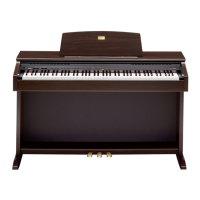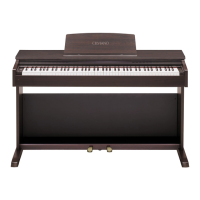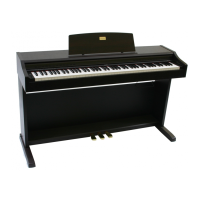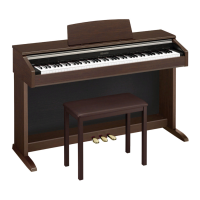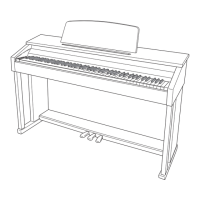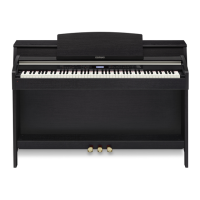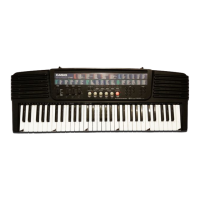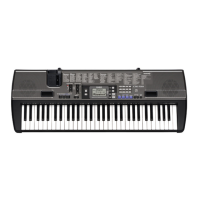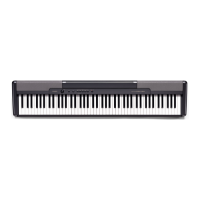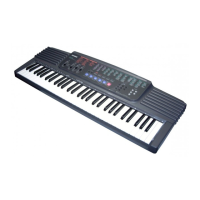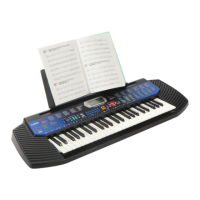How to fix no sound on Casio Celviano AP-45?
- LLisa NortonJul 29, 2025
If your Casio Electronic Keyboard isn't producing sound when you press the keys, make sure the VOLUME slider is moved towards the MAX position. Also, check if headphones are connected and disconnect them. Finally, ensure that Local control is turned on.
